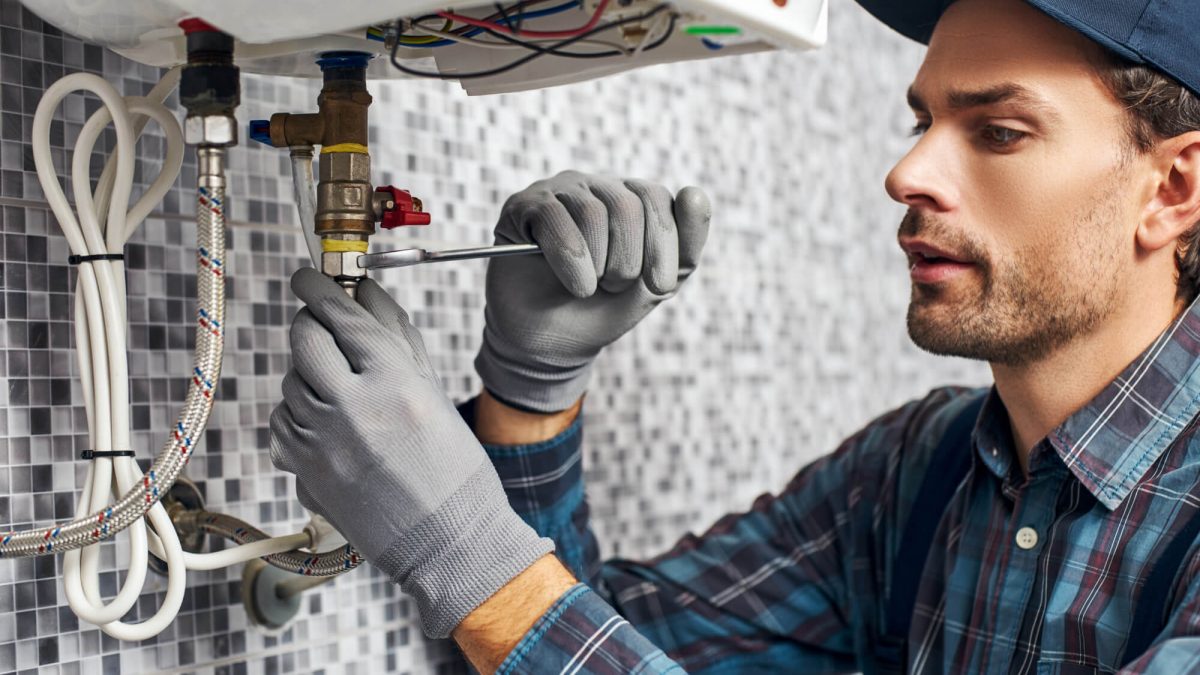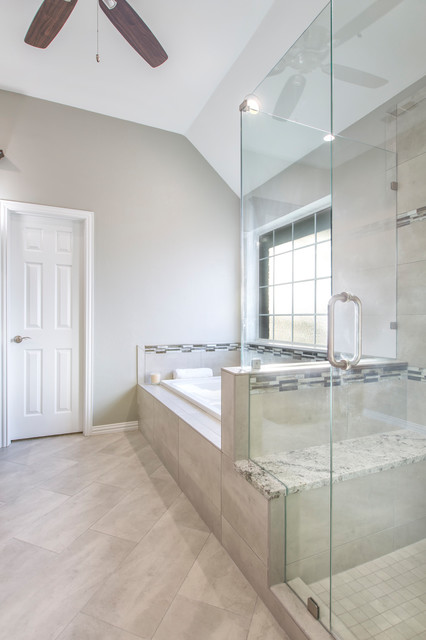Examining the Upcoming Phase of Plumbing: Patterns and Breakthroughs
Call TodayEach person seems to have their personal ideas in relation to The Future of Plumbing: Trends and Innovations to Watch.

Introduction
The plumbing sector is going through a transformative phase driven by technological advancements and growing problems for sustainability and efficiency. This post checks out arising patterns and innovations forming the future of plumbing.
Governing Landscape
Regulative frameworks play a critical function fit the fostering of pipes technologies, with requirements and codes controling everything from water efficiency to product safety. As technologies continue to develop, regulatory bodies have to adapt to make sure customer security and ecological stewardship.
Future Outlook
The future of plumbing is identified by proceeded development and assimilation with various other industries such as IoT, renewable resource, and structure automation. By embracing sustainable techniques, leveraging emerging technologies, and focusing on user-centric style, the pipes market is poised to deal with the progressing needs of culture while minimizing its environmental impact.
Increased Fact in Plumbing
Augmented Truth (AR) technology is changing pipes by giving service technicians with real-time aesthetic support for repairing and repair tasks. AR-enabled clever glasses or mobile applications overlay electronic information onto the physical setting, aiding plumbing professionals imagine pipeline designs, recognize covert leaks, and implement repairs with precision.
Effect of 3D Printing
The introduction of 3D printing has introduced brand-new opportunities in making plumbing elements. From custom-designed components to detailed pipeline fittings, 3D printing allows for quick prototyping and on-demand manufacturing, minimizing lead times and enabling better personalization in plumbing design.
Health And Wellness Characteristics
In reaction to heightened problems for health and wellness, pipes components are integrating functions such as antimicrobial surface areas, touchless procedure, and self-cleaning mechanisms. These developments not only enhance hygiene however also advertise customer comfort and comfort.
Hygiene-focused Components
Touchless faucets, self-sanitizing commodes, and antimicrobial surface areas are becoming significantly prevalent in domestic and industrial settings, lessening the danger of bacterium transmission and advertising a cleaner, healthier environment.
Water Quality Monitoring
Advancements in water quality monitoring innovations make it possible for homeowners to keep track of the pureness and security of their supply of water in real-time. Smart water top quality sensing units can spot impurities, pH levels, and temperature variations, equipping customers to take positive actions to make sure water safety and security.
Remote Plumbing Providers
Remote diagnostics and digital assistance are changing the means pipes solutions are provided. Via video clip conferencing and remote access innovations, plumbers can repair problems, give guidance for do it yourself repairs, and even carry out remote examinations, providing higher availability and ease to homeowners.
Challenges and Opportunities
While plumbing developments hold enormous guarantee, they also present challenges such as data privacy issues, regulatory compliance, and the need for labor force training. Attending to these difficulties needs partnership between industry stakeholders and regulatory bodies to ensure risk-free and accountable application of new innovations.
Smart Plumbing Systems
Incorporating clever modern technology right into plumbing systems enables remote monitoring, leakage discovery, and automated maintenance. Smart sensors and IoT (Net of Points) devices permit home owners and plumbings to monitor water use and find problems in real-time, leading to extra reliable resource monitoring and positive upkeep.
Water Effectiveness Solutions
With increasing focus on water conservation, cutting-edge services are being developed to lessen water wastage in pipes systems. High-efficiency components, greywater recycling systems, and wise watering controllers are among the modern technologies assisting customers decrease their water impact while preserving comfort and ease.
Sustainable Products
The shift towards sustainability extends to plumbing products, with a growing choice for environment-friendly alternatives. Naturally degradable piping products, such as PEX (cross-linked polyethylene) and HDPE (high-density polyethylene), offer longevity and resistance to rust without endangering environmental stability.
Predictive Upkeep
Anticipating maintenance methods utilize data analytics and machine learning formulas to prepare for and prevent pipes issues before they happen. By evaluating historic information and efficiency metrics, predictive upkeep formulas can identify patterns and anomalies, allowing aggressive treatments to avoid costly repair services and disturbances.
Final thought
Finally, the future of plumbing is defined by a convergence of innovation, sustainability, and user-centric style. By accepting clever remedies, sustainable products, and positive upkeep methods, the pipes market can improve performance, advertise safety and security, and contribute to an extra sustainable future.
The Future of Plumbing: Trends and Innovations to Watch
Introduction to Future Plumbing Trends
The future of plumbing is being shaped by several key factors, including technological advancements, environmental concerns, and changing consumer expectations. These factors are driving the development of new products, services, and practices that enhance the efficiency, sustainability, and convenience of plumbing systems.
Key Trends and Innovations in Plumbing
Smart Plumbing Systems: The integration of smart technology into plumbing systems is transforming the way we manage water usage and detect issues. Smart leak detectors, automated water shut-off valves, and smart faucets are just a few examples of how technology is enhancing plumbing systems. These devices provide real-time data and remote control capabilities, allowing homeowners to monitor and manage their water usage more effectively. Water Conservation and Efficiency: With increasing concerns about water scarcity, there is a growing emphasis on water conservation and efficiency. Innovations such as low-flow fixtures, greywater recycling systems, and rainwater harvesting are becoming more popular. Plumbers are adopting these technologies to help customers reduce their water consumption and save on utility bills. Sustainable Materials: The use of sustainable materials in plumbing systems is gaining traction. This includes the adoption of recyclable and biodegradable materials, as well as the use of non-toxic and eco-friendly products. Sustainable materials help reduce the environmental impact of plumbing systems and promote long-term sustainability. Energy-Efficient Water Heaters: Advances in water heating technology are leading to the development of more energy-efficient systems. Tankless water heaters, solar water heaters, and heat pump water heaters are becoming more prevalent. These systems offer significant energy savings and reduce the carbon footprint of homes and businesses. Trenchless Technology: Trenchless technology is revolutionizing the way plumbing repairs and installations are conducted. This method allows for the repair or replacement of pipes without extensive excavation, minimizing disruption and reducing costs. Techniques such as pipe bursting and cured-in-place pipe (CIPP) lining are gaining popularity. Health and Safety: The focus on health and safety is driving innovations in plumbing systems. Touchless faucets and fixtures, antimicrobial materials, and improved water filtration systems are being developed to enhance hygiene and protect public health. Plumbers are adopting these innovations to meet the growing demand for safer and healthier plumbing solutions. Remote Diagnostics and Monitoring: The ability to diagnose and monitor plumbing systems remotely is becoming increasingly important. Remote diagnostic tools and sensors allow plumbers to identify issues and perform maintenance without the need for on-site visits. This enhances efficiency and reduces the need for costly emergency repairs. Impact of Future Trends on the Plumbing Industry
Enhanced Efficiency: The adoption of smart technology and energy-efficient systems will enhance the efficiency of plumbing systems. This will lead to reduced water and energy consumption, lower utility bills, and improved performance. Sustainability: The focus on sustainability will drive the development and adoption of eco-friendly plumbing solutions. This will contribute to the conservation of natural resources, reduction of waste, and protection of the environment. Improved Customer Experience: The integration of technology and innovative solutions will improve the customer experience. Homeowners will have greater control over their plumbing systems, access to real-time data, and the ability to manage their water usage more effectively. Increased Demand for Skilled Plumbers: The adoption of new technologies and materials will require plumbers to acquire new skills and expertise. There will be an increased demand for skilled plumbers who are knowledgeable about the latest trends and innovations. Cost Savings: The use of efficient and sustainable plumbing solutions will result in cost savings for both homeowners and businesses. Reduced water and energy consumption, lower maintenance costs, and fewer emergency repairs will contribute to overall affordability. Preparing for the Future of Plumbing
Stay Informed: Keep up-to-date with the latest trends and innovations in the plumbing industry. Attend industry conferences, participate in training programs, and engage with manufacturers to stay informed. Invest in Training: Ensure that you and your team are trained in the latest technologies and installation techniques. This will enable you to offer cutting-edge solutions to your customers and stay competitive in the market. Promote Sustainable Solutions: Highlight the benefits of eco-friendly and energy-efficient plumbing solutions to your customers. Educate them about the advantages of adopting sustainable practices and products. Leverage Technology: Embrace smart technology and remote diagnostic tools to enhance your services. Offer remote monitoring and maintenance options to provide added convenience and value to your customers. Collaborate with Manufacturers: Partner with manufacturers of innovative plumbing products to gain access to the latest solutions and technical support. This can also provide opportunities for joint marketing efforts. Focus on Customer Education: Educate your customers about the benefits and functionality of new plumbing technologies. Provide guidance on how to use smart systems and maintain sustainable plumbing solutions. Conclusion
The future of plumbing is being shaped by exciting trends and innovations that promise to enhance efficiency, sustainability, and convenience. By staying informed and embracing these changes, plumbers can provide superior services to their customers and contribute to a more sustainable future. The adoption of smart technology, sustainable materials, and energy-efficient systems will drive the evolution of the plumbing industry, creating new opportunities and challenges. By preparing for the future, plumbers can ensure their success in a rapidly changing market.

I discovered that piece on Innovative Plumbing Trends Transforming Construction when looking around the internet. Are you aware of anybody else who is serious about the niche? Do not hesitate to share it. Thanks for your time spent reading it.
Book Now